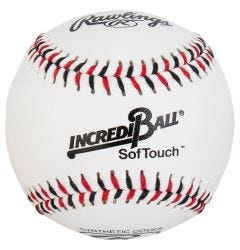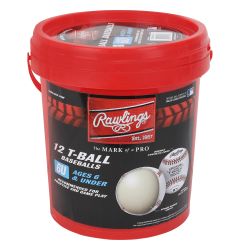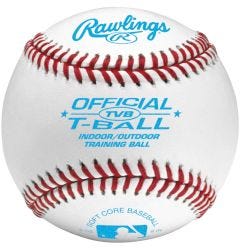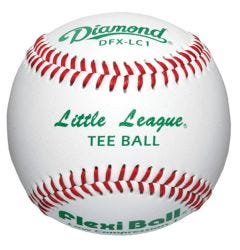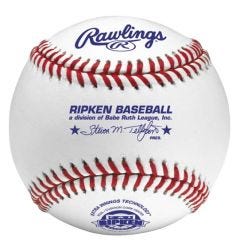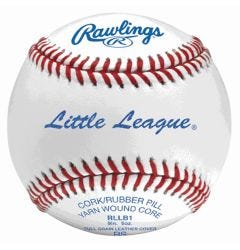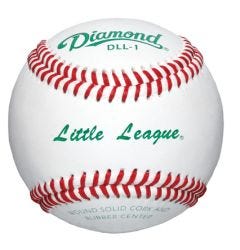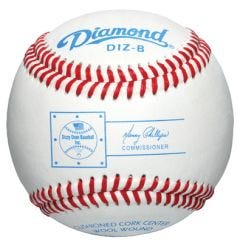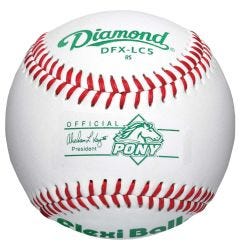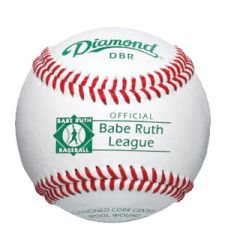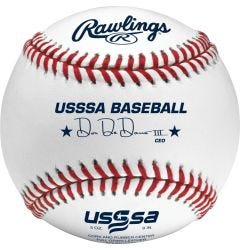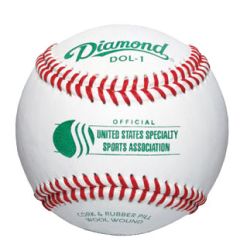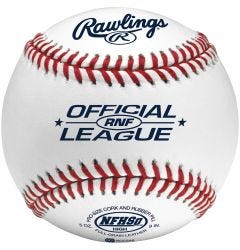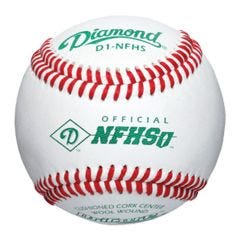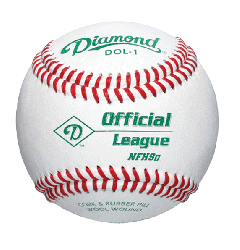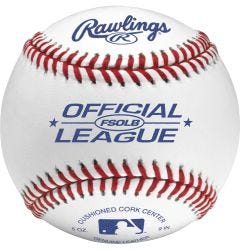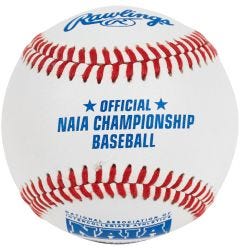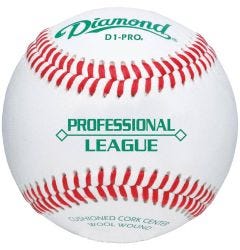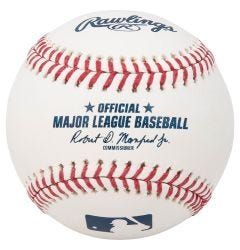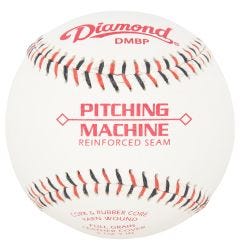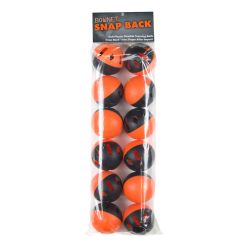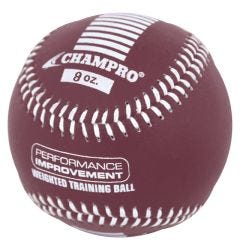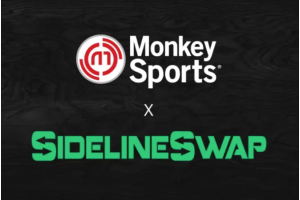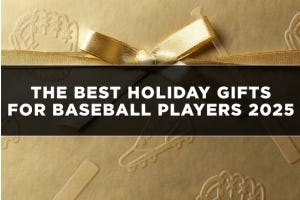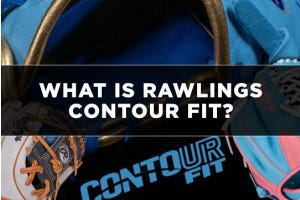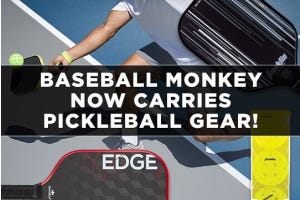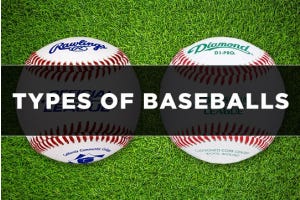Guide to Different Types of Baseballs by Age Group
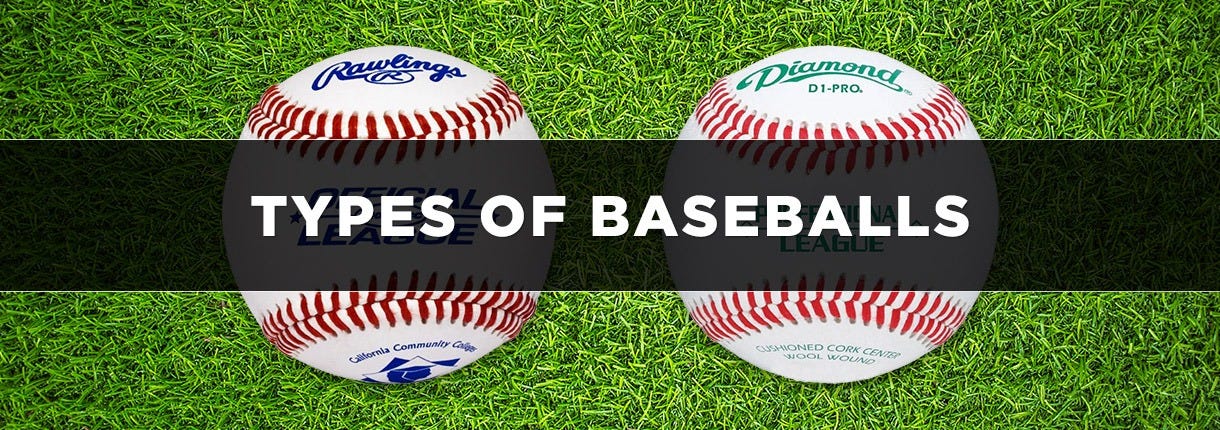
With baseball being known as “America’s Pasttime” it comes as no surprise that there have been several adaptations to the baseballs used in order to make the game playable by all age groups. From Tee Ball to Professional baseballs, this article will walk you through all the differences in baseballs depending on the age group. To see more options, check out our full selection of baseballs.
At the center of every baseball, you will find either a cork and rubber mixed pill, or a cushioned cork center. Much research has been done on both, and it has been found that a cushioned cork center is far superior to a cork and rubber-mixed pill. Wrapped around the cork are several different types of windings. The first winding is a four-ply gray woolen yarn, followed by a three-ply white woolen yarn, then followed by a three-ply gray woolen yarn, and finally complete after a thinner white poly/cotton finishing yarn. The tighter the winding is wrapped on a baseball, the harder the baseball will be. This is the reason a Little League baseball is not as hard as a Major League baseball. Finally, 2 piece cover is applied over the windings and these are constructed from a synthetic material or genuine leather and then stitched together. Although baseballs typically feature the same interior core, there are several aspects that differ from ball to ball.
The types of baseballs vary depending on a number of construction factors in each age group. For example, baseballs at the high school, college, and professional levels are usually made from genuine leather, whereas baseballs used by tee ball players are typically man-made and constructed of synthetic materials. Another aspect that varies depending on the baseball is the height of the seam. There are baseballs with raised seams, rolled seams, and flat seams. Each type of seam on a baseball plays a different factor. For example, raised seam baseballs are typically for younger ball players as this allows the player to get a better grip and maximize control when throwing. Rolled seams are found on Major League baseballs and they allow for higher velocities while throwing and exit velocities while hitting due to reduced air friction. Lastly, flat seams are typically batting practice balls and are perfect for the pitching machine as the flat seam will not move like a ball with raised or rolled seams.
Tee Balls/Safety Baseballs are exactly what it sounds like. Used in age groups 4-8 years old, these baseballs are designed for very young ballplayers as they are noticeably softer and lighter compared to baseballs used in other age groups. Tee Balls/Safety Baseballs are softer because they feature a sponge and rubber core, thus dampening impacts and protecting the very young ballplayer from injury.
Tee Balls/Safety Baseballs are ideal for age groups 4-8 years old because these kids are learning the game of baseball for the first time. Throwing, catching, and fielding take a lot of practice at this age. These softer and lighter baseballs are perfect for learning the fundamentals while also building a ballplayer's confidence and teaching them to stay in front of the ball.
Little League baseballs are typically for ages 9 to 12 years old and these baseballs start to resemble more of the professional style baseball. These baseballs either have real leather on the cover of the ball, or a higher-quality synthetic material. Along with that, raised seams help the player get a good grip on the ball and assist them with making accurate throws.
Although these baseballs start to resemble those in professional baseball there are some differences. The raised seams are one thing that separates Little League baseballs from professional, but the winding around the cork is also different. The winding around the professional baseball cork is very tight and this makes for a harder baseball. However, the Little League baseball is wound less tight and, while still hard, is less solid than professional baseballs. Depending on how tight the baseball is wound, it will make a difference in how fast and how far the baseball travels. Thus, Little League baseballs are less tightly wound and will not travel as quickly after contact. As this group of ballplayers has some experience under their belt, these baseballs are perfect because they give the player a more traditional baseball while still not as hard as a professional baseball.
USSSA baseballs are for select youth players who participate in USSSA events. These baseballs either have real leather on the cover of the ball, or a higher-quality synthetic material. Along with that, raised seams help the player get a good grip on the ball and assist them with making accurate throws.
Although these baseballs start to resemble those in professional baseball there are some differences. The raised seams are one thing that separates USSSA baseballs from professional, but the winding around the cork is also different. The winding around the professional baseball cork is very tight and this makes for a harder baseball. However, these are wound less tight and, while still hard, are less solid than professional baseballs. Depending on how tight the baseball is wound, it will make a difference in how fast and far the baseball travels.
High School baseballs are very similar to those used in professional baseball. One difference between the two is that high school baseballs have a slightly lighter density than that of professional baseballs. Along with this, a high school baseball is designed for use with aluminum baseball bats compared to wood bats that are used in professional baseball. High School baseballs are typically constructed with a cork core, wool windings, and either a leather cover or a high-quality synthetic material.
A high school-level baseball also features raised seams that make it easier for the player to get a good grip and make an accurate throw. Raised seams also will not travel as far as baseballs with rolled seams, such as those used in professional baseball, because they will have more air friction.
College baseballs are very similar to professional baseballs, but they do have a couple of differences. One of the main differences between the two is that college baseballs are designed to be used with an aluminum bat rather than a wood bat that is swung at the professional level. Another difference between the two is that college baseballs will feature a slightly lighter density than professional baseballs.
Just like a high school baseball, college baseballs typically include a cork core, wool windings, and either leather or high-quality synthetic material on the cover. Unlike high school baseballs, college baseballs feature flatter seams and are more similar to the rolled seams seen throughout professional baseball. This reduces air friction and can aid in baseballs being hit harder and further than baseballs with raised seams.
There are two different types of baseballs at the professional baseball level, Minor League and Major League baseballs. All Minor League Levels from Rookie Ball to AA use Minor League baseballs, while AAA and the Majors use Major League baseballs. Minor League baseballs are known to be a little softer, and have different seams as well, compared to Major League baseballs. In 2019, AAA teams started to use baseballs that are held to the same standard as Major League baseballs to aid in the transition from the Minor Leagues to the MLB.
Many players can tell the difference between the two baseballs used in professional baseball instantly. Major League baseballs are slicker and harder to get a grip with compared to Minor League baseballs. Another difference is that Major League baseballs are harder and wound tighter, thus aiding in higher exit velocities and further distances upon making contact with the ball. Many pitchers claim that once they get used to the seams on Major League baseballs, their pitches are sharper and move more than with Minor League baseballs.
In addition to baseballs that are used in games, there are many additional baseballs that are designed to help optimize practice and training. For example, there are weighted baseballs to help players develop arm strength and mechanics. There are also wiffle balls, low-flight balls, and other hitting-specific balls to use in training. There are also baseballs specifically designed for the pitching machine which are more durable than regular baseballs. Some companies even make practice-specific balls that are made with a synthetic cover to use for hitting and fielding. These are more durable and help keep your game balls in good shape.
What kind of baseballs do MLB use?
For over 40 years, MLB has been using a Rawlings ROMLB baseball. Each baseball is constructed with high standards and is assembled, weighed, measured, tested, and inspected for quality and consistency.
What type of baseballs are used in high school?
High school baseballs have different manufacturers that include Diamond, Rawlings, Wilson, etc. All high school baseballs must be NFHS Certified for high school competitions.
What kind of baseballs are used in Little League?
Little League baseballs can come from several different manufacturers. Little League works with certain partners to ensure the baseballs are high-quality.
What are the hardest baseballs?
The older a player gets, the winding in the baseball is wound tighter. Thus, Major League baseballs will be the hardest. Some players will go as far as calling it a rock.
What baseballs are the best?
There are several high-quality brands on the market for baseballs. Rawlings, who makes the Major League baseball is amongst those companies and can be shopped here.
Shop Our Selection of Baseballs at Baseball Monkey
No matter the age of the ballplayer, there is a baseball for each age group. Whether you are shopping for a young ballplayer and their first Tee Ball team, or the college baseball team, we have what you are looking for when it comes to baseballs.




